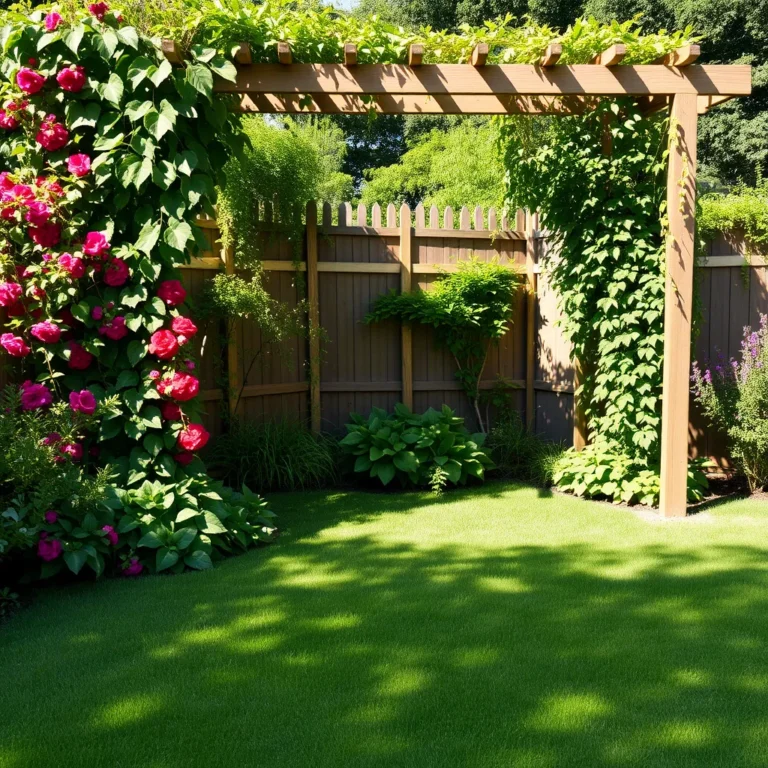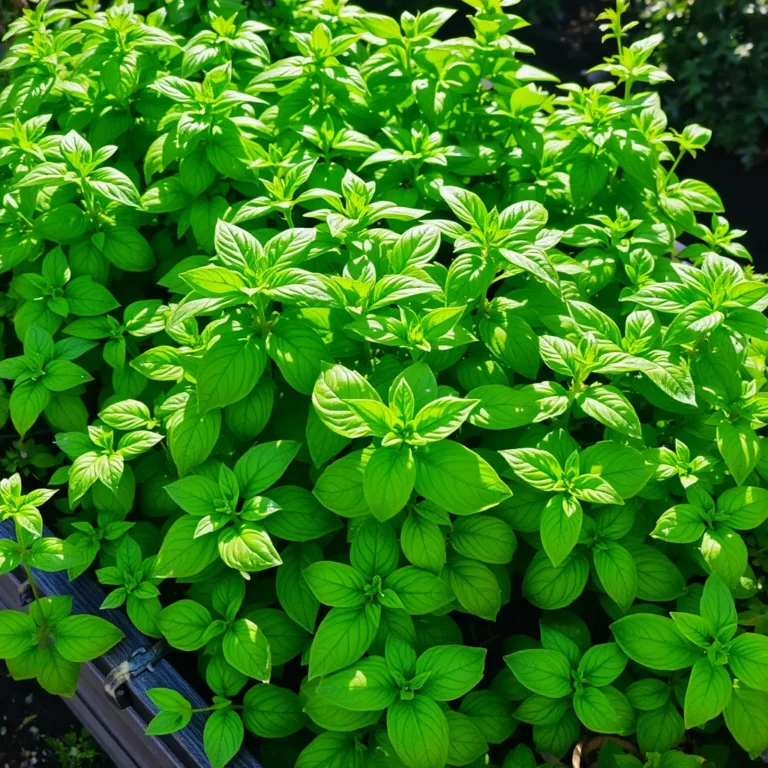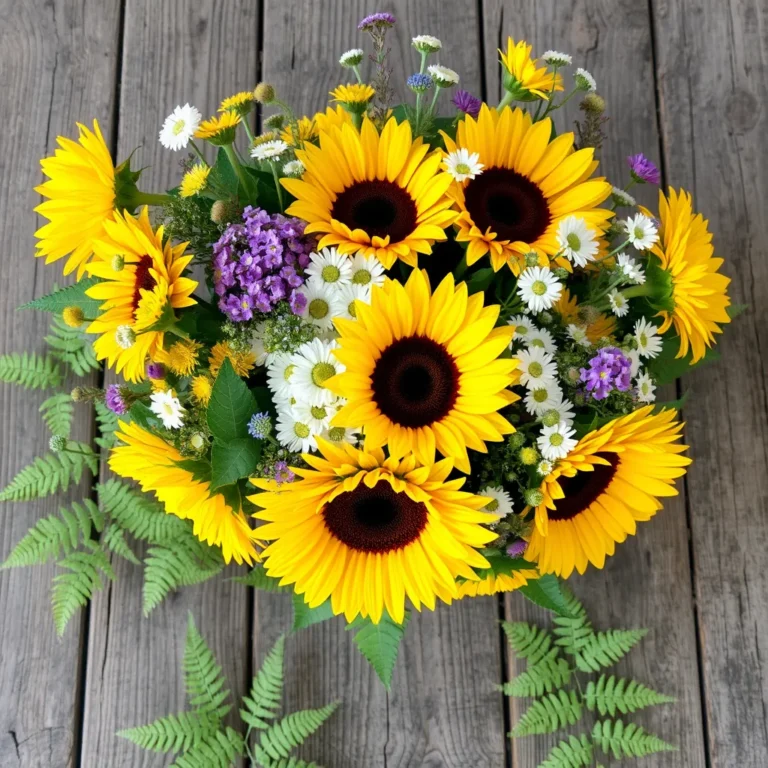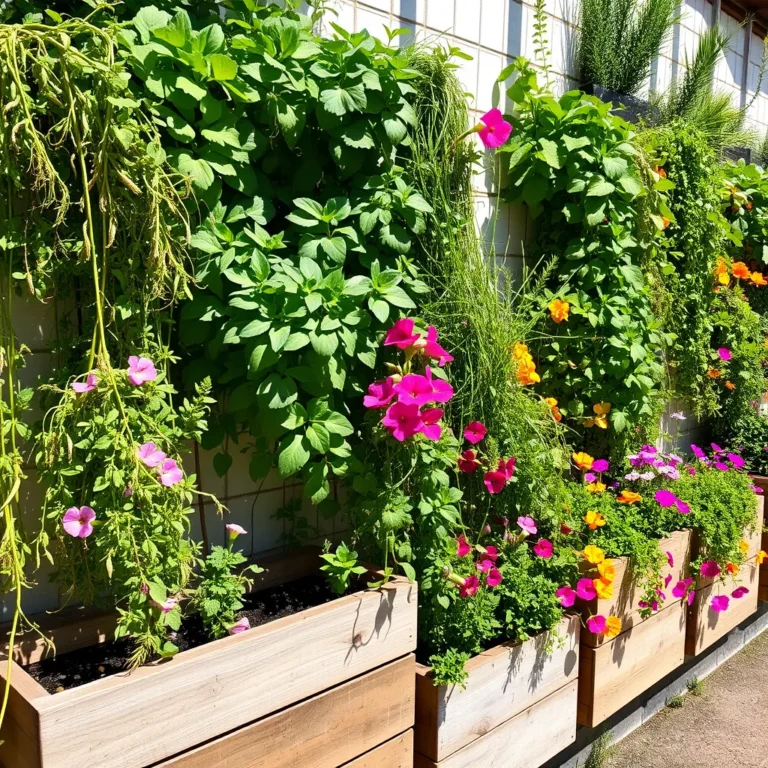7 Simple Indoor Plant Care Tips for a Lush Home
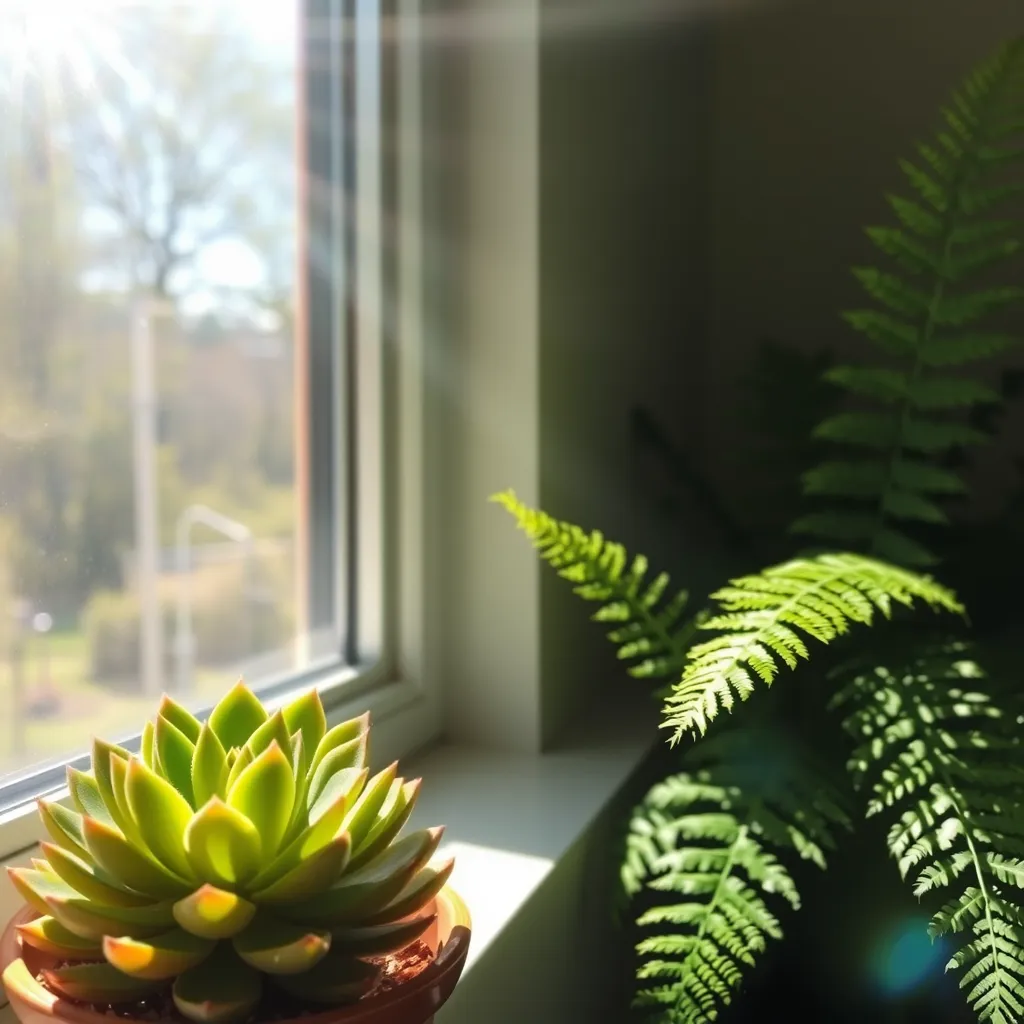
Do you want your indoor plants to thrive and look amazing? I have seven simple tips to help you care for them. From light needs to soil choice, I’ll show you how to create a lush home. You’ll learn about watering, fertilizing, and even pest control. Follow these tips to keep your plants healthy and vibrant. Let’s dive into the world of indoor plant care!
Understand Your Indoor Plants’ Light Requirements

Every indoor plant needs light to grow. Some plants thrive in bright light, while others prefer shade. It’s vital to know what your plant needs. This way, you can place it in the right spot.
Check the light in your home. Is it bright near a window? Or is it dim in a corner? Observe how the sun moves during the day. This helps you find the perfect place for your plants.
For example, succulents need a lot of light. Place them where they can soak up the sun. On the other hand, ferns like low light. Keep them away from direct sunlight.
If your plant’s leaves turn yellow, it might not get enough light. Move it to a brighter spot. If the leaves burn or fade, it may get too much light. Adjust its position for better health.
Choose the Right Soil for Healthy Growth

Soil is like food for your plants. The right soil helps them grow strong. Different plants need different types of soil.
For example, cacti and succulents need sandy soil. This helps water drain quickly. Other plants, like ferns, thrive in rich, organic soil. This soil holds moisture well.
When you pot your plant, use fresh soil. Old soil may not have nutrients. You can also add perlite or vermiculite. These materials help with drainage and air flow.
Test your soil’s moisture. Stick a finger in the soil. If it feels dry, it’s time to water. If it feels wet, wait a few days.
Establish a Consistent Watering Schedule

Watering is key to plant care. Too much water can drown plants. Too little water can dry them out. Finding the right balance is crucial.
Set a schedule based on your plant’s needs. Some plants like to dry out between waterings. Others prefer to stay moist. Research each plant to know its needs.
Check the soil before watering. If the top inch feels dry, it’s time to water. Use room temperature water for the best results.
When you water, soak the soil. Let the water drain out of the bottom. This ensures the roots get enough moisture. Adjust your schedule based on the season. Plants usually need more water in spring and summer.
Use Fertilizers Wisely to Promote Growth

Fertilizers give indoor plants the nutrients they need. Use them wisely to help your plants grow strong. When you choose a fertilizer, look for one made for indoor plants. Follow the instructions on the package. Over-fertilizing can harm your plants. I recommend feeding them every four to six weeks during the growing season. This keeps them healthy and encourages new growth.
Monitor Humidity Levels for Tropical Plants

Tropical plants love moisture. They thrive in humid areas. If your home is dry, you might need to add humidity. You can use a small humidifier near your plants. Grouping plants together can also raise humidity. Misting the leaves with water can help too. Just do this in the morning so leaves dry by night.
Prune and Maintain Plants Regularly to Encourage Lush Foliage

Regular pruning helps your plants grow better. It removes dead leaves and stems. This lets new growth come through. Use clean, sharp scissors to prune. Trim back long stems to shape the plant. This not only looks nice but also helps the plant focus its energy on healthy leaves. I prune my plants every few months to keep them looking full and lush.
Keep an Eye Out for Pests and Diseases

Check your plants often for pests. Look for small bugs or webs. You may spot aphids, spider mites, or mealybugs. These pests can harm your plants. If you find them, act fast. You can wash them off with water. For tougher pests, use insecticidal soap. Always read the label before using any product. Keep your plants healthy by checking for signs of disease too. Yellowing leaves or spots might mean trouble. If you see these signs, change your care routine. Remove any sick leaves to help the plant heal.
Rotate Plants for Even Growth and Exposure to Light

Plants love light, but they need it from all sides. If you always place your plant in the same spot, one side may grow faster. To fix this, rotate your plants every few weeks. A quarter turn is usually good. This helps all sides get light and grow evenly. You’ll notice stronger, fuller plants over time. Also, keep an eye on the light source. If a window’s light changes, move your plants to a better spot. They will thank you with lush growth.
Create a Routine for Cleaning Leaves to Maximize Photosynthesis

Dust can gather on leaves, blocking sunlight. This can limit your plant’s growth. To help your plants, clean their leaves regularly. Use a damp cloth to wipe them gently. Aim to clean them once a month. This keeps the leaves shiny and healthy. You can also give them a shower in the sink. Just be sure to let them drain well afterward. Clean leaves mean better photosynthesis. This helps your plants grow stronger and greener.
Conclusion
Taking care of indoor plants involves more than just watering them. You must know their light needs, choose the right soil, and stick to a set watering schedule. Fertilizers help, and humidity matters for tropical plants. Regular pruning and monitoring for pests keep plants healthy. Don’t forget to rotate them for balanced light. True plant care means cleaning leaves for better growth. Each step helps you enjoy a thriving indoor garden. Following these tips builds a stronger bond with your green friends. Happy planting!


